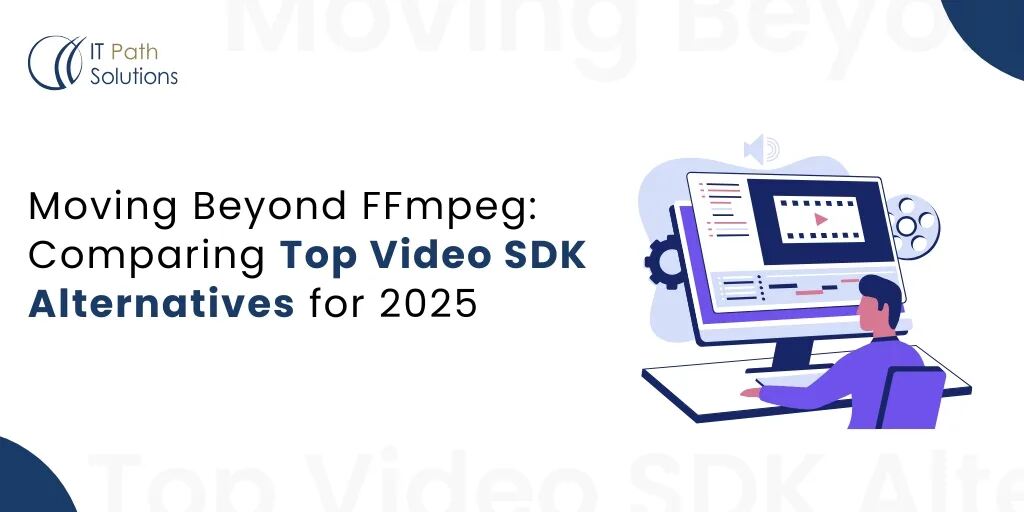


Exploring the Best FFmpeg Alternatives for Seamless Video and Audio Processing
In today’s digital-first world, video and audio processing tools are essential for developers, content creators, and businesses alike. FFmpeg has long been a go-to solution for handling multimedia files. However, with the recent limitations on its free plan, many users are now looking for reliable alternatives that offer modern features, scalability, and ease of integration.
Here’s a look at the top FFmpeg alternatives that are redefining video and audio processing in 2025.
Best for: Developers seeking creative editing capabilities.
img.ly provides a robust and developer-friendly video SDK that supports advanced video editing features like filters, trimming, overlays, and real-time previews. Unlike FFmpeg, img.ly offers a clean UI for easy integration into mobile and web applications. Its SDKs are regularly updated and come with commercial support — ideal for enterprises and SaaS platforms.
Key Features:
Best for: AR filters, beauty effects, and social video apps.
Banuba offers more than just traditional video processing. Its SDK stands out for AR-powered features like beautification, background blur, and face tracking — making it perfect for creating Instagram- or TikTok-style apps. For businesses transitioning from FFmpeg, Banuba provides a visual-rich, AI-enhanced experience that FFmpeg lacks.
Why Choose Banuba?
Best for: Apps requiring visual effects and beautification.
BytePlus (by the creators of TikTok) brings powerful visual enhancement tools through its Effects SDK. With machine learning at its core, this SDK is perfect for video apps focused on user-generated content. It includes gesture recognition, filters, face retouching, and motion effects — going far beyond what FFmpeg offers in terms of real-time processing.
Highlights:
Best for: Video recording and playback within apps.
If you’re looking for a simpler alternative to FFmpeg with video recording capabilities, Ziggeo is a great pick. It provides APIs for secure video recording, storage, and playback, all in the cloud. It’s ideal for apps like interviews, feedback collection, and video forms.
Features:
Best for: Streaming and live video analytics.
Mux is a developer-focused video platform built for performance and scale. With APIs for video encoding, playback, and real-time analytics, Mux is a powerful FFmpeg replacement for video-heavy platforms like e-learning, OTT, or virtual events.
Benefits:
While FFmpeg is open-source and highly customizable, its steep learning curve and recent licensing limitations have led many developers to explore alternatives that are more scalable, intuitive, and commercially supported.
Choosing the right video SDK or platform depends on your app’s needs — whether it’s streaming, editing, recording, or adding fun visual effects. Tools like Banuba, img.ly, and BytePlus offer ready-made solutions that reduce development time and enhance user experience — far surpassing what FFmpeg can deliver on its own.
